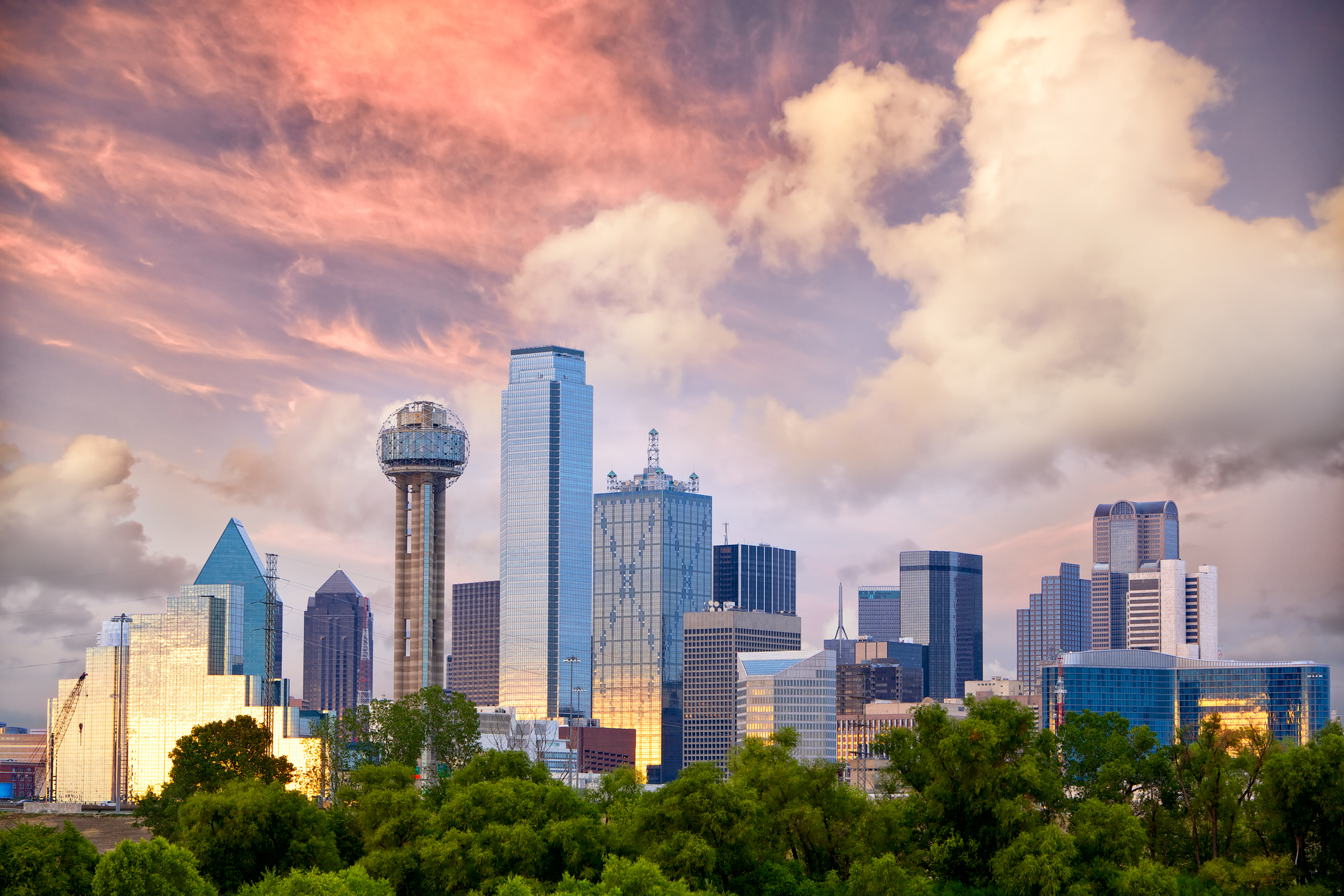
Local government leaders have a unique opportunity on their hands. With the passage of the Inflation Reduction Action (IRA) – the single largest investment in climate solutions ever made by the US federal government – billions of dollars are on the table for sustainable investments, renewable energy and green jobs. Since the law’s enactment in 2022, states and cities have been applying for IRA funding to drive local projects that serve both environmental and social equity goals.
While the funding is new, the work is not. For over two decades, CDP has worked hand-in-hand with cities and companies to advance environmental action and build resilience – all by leaning into the power of disclosure.
The IRA can be an incredible driver for social equity, with opportunities to advance economic and health benefits for historically marginalized communities that have been disproportionately impacted by climate change. This will require diverse actors in the US economy to collaborate in novel ways. It will mean breaking down barriers between local government leaders, investors, private sector businesses and community development finance institutions.
As local governments and mayors consider how to facilitate public-private and community partnerships to scale environmental strategies with IRA funds, they should consider the following questions to position themselves for success.
1. How are you tracking and communicating potential projects in your city to achieve your climate action and resilience goals?
CDP often hears from financial institutions and potential project partners that there are not enough investable projects in the pipeline and that conversations are not happening early enough in the development stages of projects.
At CDP, we work with local governments to profile their projects seeking financing through our annual disclosure process. In 2023, there were 130 US cities reporting over 436 projects seeking US$28 billion in financing through their annual disclosure. Roughly one quarter of these were looking for US$1 million or less to fund their projects. The majority of the US projects seeking financing were in buildings, energy efficiency and transportation. You can read more in CDP’s global snapshot and the US profile for funding.
Not only is CDP's project mapping indispensable to guide and focus investment opportunities in cities and counties across the US, but cities can use their annual disclosure to demonstrate local progress in IRA-related grants. CDP disclosure is a tool to observe and understand greenhouse gas (GHG) and climate risk reductions over time. Learn more about how CDP resources can be leveraged for IRA implementation – such as identifying your Scope 3 emissions as part of your GHG reduction funding plans.
2. How is your city aligning your economic development and procurement teams with these projects seeking financing?
New findings published in the journal of Energy Research & Social Science and backed by CDP data found that US city and state climate actions coupled with private decarbonization efforts are more effective than either public or private actions alone.
What does this mean for local government leaders? It means that there are thousands of companies across the US that will take advantage of local and state policies and incentives – and, in fact, need city and state leadership to achieve their own decarbonization goals.
At CDP, we offer a Business Scan, a CDP data tool designed to help local governments identify leading businesses to engage with on collaborative climate action. The scan draws upon the thousands of companies that disclose to CDP, which can be used to identify and recruit companies to partner with and support local climate action.
The City of Dallas did this successfully to create their Business Climate Leadership group, which advances the city’s objectives and identifies partnerships for IRA funding. The group will advance projects around green buildings, energy, transportation and zero-waste, with a focus around building energy efficiency/net-zero, electric vehicle infrastructure and solar energy.
3. How are you ensuring that projects not only achieve your local government’s climate goals, but also align with racial and social equity goals?
There is a shift is underway in the financial sector. While banks are increasingly looking to underwrite long-term adaptation and resiliency initiatives, an ever-wider spectrum of investors that historically viewed projects purely through the lens of payback periods and positive net present value are now being activated to develop investment strategies that prioritize economic development, community resilience and energy transition along with value creation.
These same investors are looking for projects that have the ability to measure social and racial equity outcomes. This is happening in part because there is a great transfer of wealth occurring to millennials and women in particular, who increasingly want their money to go toward projects that have climate and equity outcomes.
Furthermore, the Justice 40 initiative requires that 40 percent of the overall benefits of certain federal climate, clean energy, affordable and sustainable housing and other investments flow to disadvantaged communities that are marginalized by underinvestment and overburdened by pollution.
Local governments that can show how they are measuring these social and racial justice outcomes are the best positioned to capture this growing investor demand. To this end, CDP created a racial and social equity toolkit, which can be used in the development of sustainable infrastructure in local governments, plus an overview of the financial instruments and options available for local governments as they look to prepare projects. CDP also offers webinars and resources for disclosing local governments on how to demonstrate that their mitigation and climate reduction actions will benefit and are delivered in partnership with historically marginalized communities.
At CDP, we are excited to be part of this historic moment for environmental action in the US. Collaboration is key to addressing the climate crisis in line with what science demands. In that spirit, we look forward to being a resource to local government leaders in their sustainability efforts as we confront the climate crisis together.
